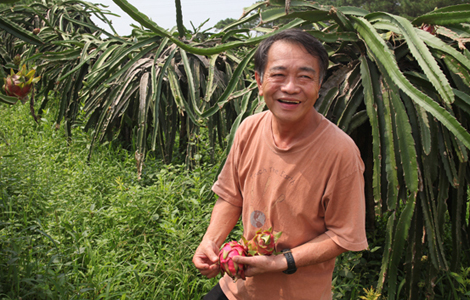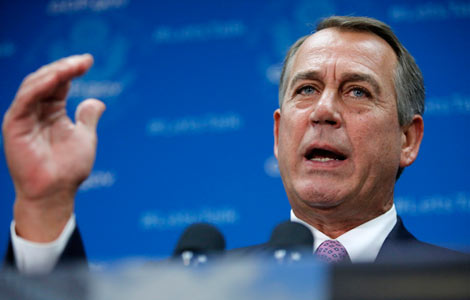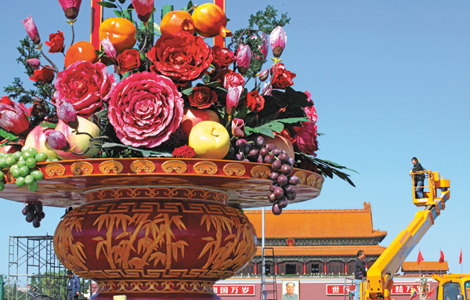Upgrading FTA in building China-ASEAN relations
Updated: 2013-10-08 16:23
(Xinhua)
|
||||||||
BANDAR SERI BEGAWAN -- As leaders gather here to convene the 16th ASEAN-China Summit Wednesday, upgrading the China-ASEAN Free Trade Area (CAFTA) is expected to be high on the agenda, as it is crucial to building a coming "diamond decade" in bilateral relations and a China-ASEAN community of common destiny.
The ASEAN-China Summit will be held back-to-back with the 23rd ASEAN Summit and related meetings, which will kick off here on Wednesday.
The summit also coincides with the 10th anniversary of the establishment of China-ASEAN strategic partnership. ASEAN and Chinese leaders declared the establishment of a "strategic partnership for peace and prosperity" in Bali, Indonesia on Oct 8, 2003.
Bilateral trade has witnessed a significant increase since then. Trade between China and ASEAN amounted to $400.1 billion in value last year, nearly six times of that 10 years ago. In the first half of 2013, the figure hit $210.56 billion, representing a 12.2 percent increase year-on-year.
China is now ASEAN's largest trading partner, while ASEAN ranks as China's third-largest trading partner.
Chinese Premier Li Keqiang, when attending the 10th China-ASEAN Expo in Nanning, China's southwestern Guangxi Zhuang Autonomous Region, last month, spoke highly of the last decade of cooperation, dubbing it a "golden decade."
Encouraged by the positive development, Li proposed in his speech to create a "diamond decade" ahead.
"We should seek new strategic breakthroughs, constantly deepen pragmatic cooperation, and work together to upgrade the level of China-ASEAN cooperation," he said.
Li's remarks resonate loudly with regional leaders. Malaysian Foreign Minister Anifah Aman, in an exclusive interview with Xinhua, said thanks to the strategic partnership, ASEAN-China ties have grown stronger.
"I am very happy to note that ASEAN-China relations are deep, strong and robust," he said.
An important part of Li's proposal is an upgraded version of CAFTA. Launched in 2010, CAFTA has become the world's largest free trade area among developing countries, covering a total population of 1.9 billion.
The premier said the Chinese side will strive to expand bilateral trade volume to $1 trillion by 2020, while increasing two-way investment by 150 billion dollars in the next eight years.
"We are willing to upgrade and expand the content and scope of CAFTA agreement based on the principles of mutual benefit and common development," he said, highlighting areas of cooperation such as lowering tariff rates, cutting non-tariff-related measures, launching dialogues for a new round of service trade pledge, and pushing forward the actual opening-up for investment.

 Firming friendships
Firming friendships
 A smog-filled Beijing targets polluting cars
A smog-filled Beijing targets polluting cars
 Animal welfare to be added in training
Animal welfare to be added in training
 Chasing the dragons
Chasing the dragons
 Boehner: US on path to default if Obama won't negotiate
Boehner: US on path to default if Obama won't negotiate
 New couples take wedding photos during holiday
New couples take wedding photos during holiday
 Williams beats Jankovic to win second China Open title
Williams beats Jankovic to win second China Open title
 Red alerts as Fitow closes in
Red alerts as Fitow closes in
Most Viewed
Editor's Picks

|

|

|

|

|

|
Today's Top News
RMB strengthens to new high against USD
Trending news across China on Oct 8
Japan, US start joint military drill
Kerry hails weapons destruction
Robust home sales during holiday
China calls on the United States to stay solvent
SF Chinatown honored
'E. Asia will lead global growth'
US Weekly

|

|






